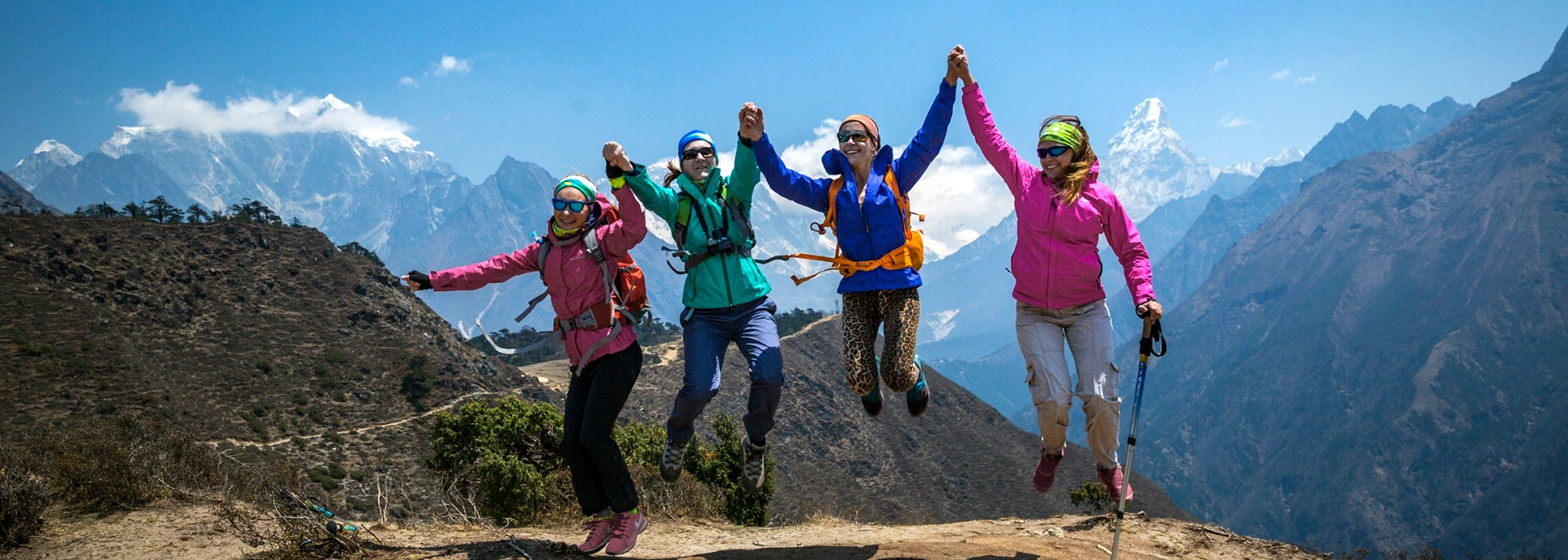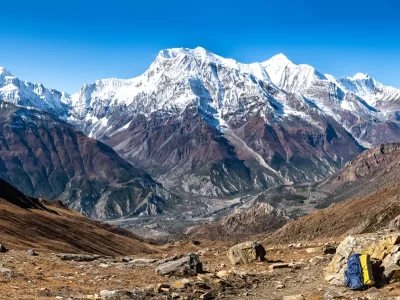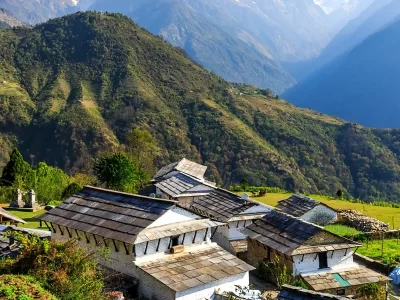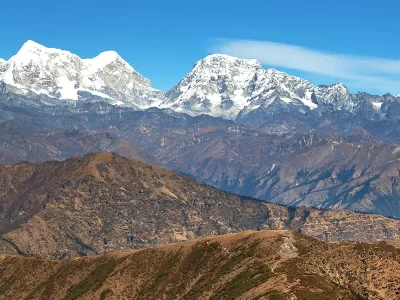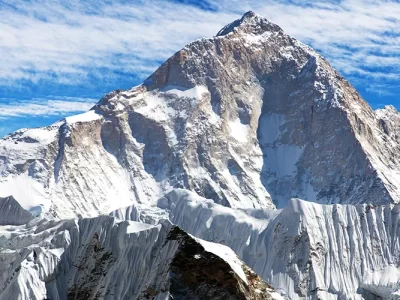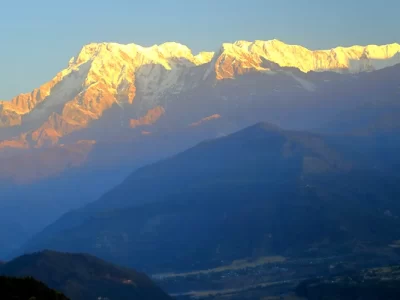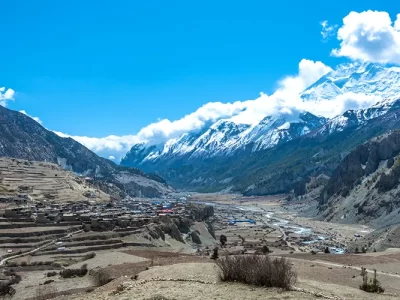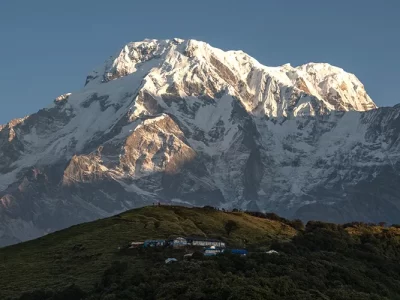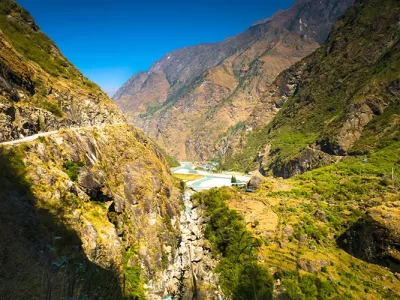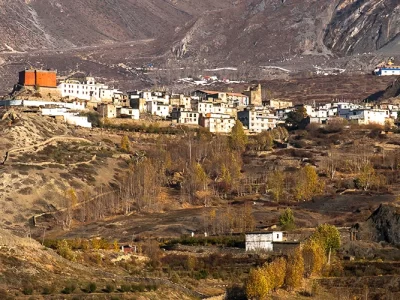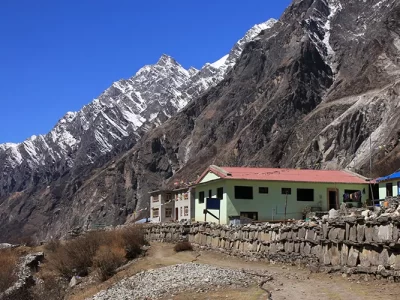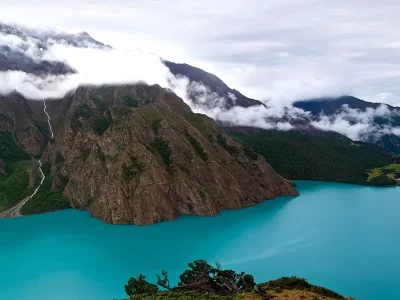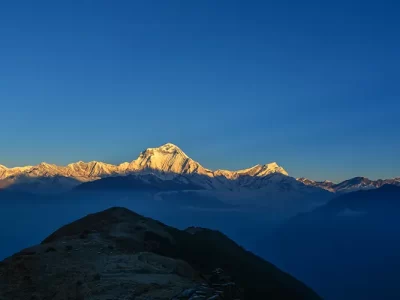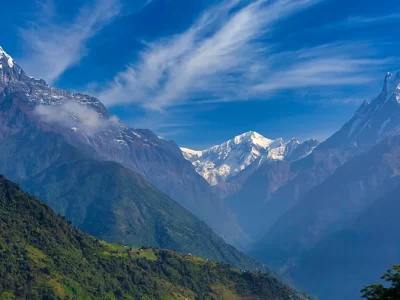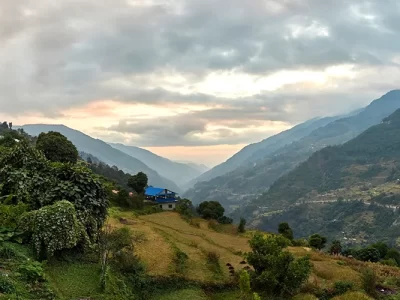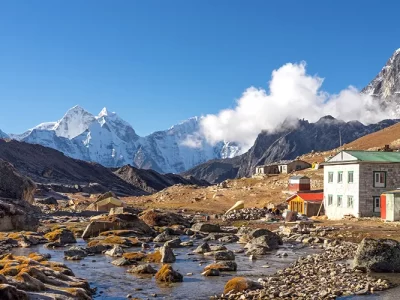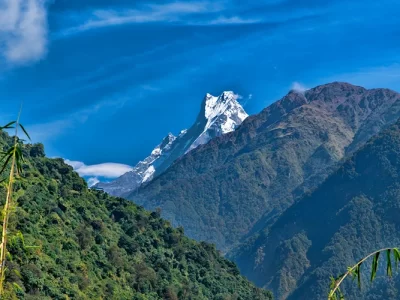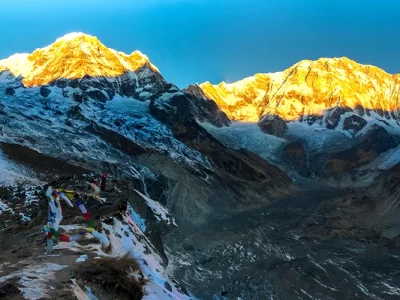Trekking
No matter if they are expert hikers or novices, trekking across the Himalayas is Nepal’s main draw and a life-changing experience for many tourists. This page provides an introduction to trekking in Nepal and provides answers to frequently asked questions.
What exactly is trekking?
Trekking is the common term for a multi-day mountain hike; in this case, the trails were in Nepal’s Himalayan highlands and foothills. Treks frequently take you through regions where walking is the only available mode of transportation since the mountains are too isolated for roads. The majority of treks take you through communities that have been in existence for many years, and the paths you hike on have long been popular with residents.
Trekking across Nepal’s mountains is a unique experience. Every other region of the globe cannot compare to the Himalaya. Many visitors who come to Nepal for the first time describe their experience as life-changing due to the size of the Himalayan mountains, the incredible variety of perspectives, the welcoming locals, and the slower pace of life when traveling on foot.
Where Will You Stay During Your Trek?
The most well-liked treks are those that follow routes that have lodges (sometimes called “teahouse trekking”). Simple hostels for hikers are called lodges. Camping is necessary on more difficult hikes that pass through regions devoid of settlements or accommodations. These treks need more planning and are more expensive because porters are required to carry food, cooking fuel, and tents.
What to Expect While Trekking
Nepal’s routes lead you past remote communities that are inaccessible by automobile. Imagine these routes as highways in a time before roads and automobiles. As a result, the “trail traffic” contains a wide range of interesting variants, such as porters carrying live chickens, vegetables, or wood, as well as children heading to school and herders and their yaks. Be ready to be pleasantly surprised and motivated by the range of nearby trail users.
Your trek’s scenery changes from day to day and valley to valley. Depending on the journey you select, you’ll walk through dense rhododendron forests, terraced vegetable farms along steep slopes, open pastures, and snowfields, as well as over amazing suspension bridges.
The communities range in size from little settlements of a few dwellings to large ones with hundreds of residences arranged along hillsides. Many of the communities are full with personality and frequently stand in breathtaking settings.
Normally, a trekking day entails 3 hours of hiking in the morning and 3 hours in the afternoon. When stopping for lunch in a hamlet, you might also bring a meal in case the villages are spread out too much.
Teahouses offer a broad range of meals, especially along the more well-traveled trekking trails. Fried rice, fried chicken, spaghetti bolognese, and many other meals are frequently offered on the menu. However, as locals are the ones who know how to cook Dal Bhat the finest, it is frequently preferable to stick with it.
When To Go Trekking
There are two seasons that are ideal for trekking in Nepal because of its seasonal weather pattern: the spring season, which lasts from March to May, and the autumn season, which lasts from the end of September to November.
Due to landslides and obstructed mountain vistas brought on by the monsoon (rainy season), trekking in the summer can be difficult. The Upper Mustang region, on the other hand, is monsoon-free and has fantastic hiking opportunities in the summer.
Winter trekking is becoming more and more popular. Although it’s cooler and higher passes may be blocked by snow, the weather is typically clear with beautiful vistas.
Temperatures and weather conditions while trekking
Season and journey affect weather conditions. Temperatures differ greatly based on height even within the same hike. For instance, it is not unusual for temperatures to range from roughly 30 Celsius (85 Fahrenheit) at the beginning of a walk to far below freezing when traversing a high pass.
Hiring a guide
Most hikers employ a porter to help them carry their personal things as well as a guide. On some well-known treks, going without a guide is conceivable, although we don’t advise it. The following are just a few of the benefits of hiring a guide:
- Safety: While hiking on the most well-traveled hiking paths is usually safe, it’s safer to have a professional with you who is familiar with what to do in case something goes wrong. English is usually spoken and well-trained by accredited tour guides.
- A guide has the answers. Even while most trails are pretty well defined, there are times when the path is not entirely clear. In these cases, a guide will prevent you from getting lost.
- Cultural: Nepalese tour guides, who are frequently Sherpa, are generally wonderfully kind people. With their guides, many hikers forge bonds that frequently last a lifetime.
- By giving locals an employment, hiring a guide helps the Nepalese economy.
Preparing for Your Trek
The majority of treks call official permits. Each trip has its own set of rules. Some treks have minimum group sizes and call for a guide. In order to plan your full trip to Nepal, including all local transportation, trekking permits, guides, porters, etc., we advise partnering with reliable local trekking firms. At Nepal Wanderlust, our area of expertise is introducing tourists to reliable neighborhood businesses.
Trekking following the 2015 earthquake
After the earthquakes in 2015, Nepal has returned to normal, and trekking is just as safe as it was before the catastrophes. A year after the earthquake, the vast majority of lodges have been restored to their original state, however some lodges in specific locations were damaged or even collapsed. The trekking routes are open, but a few places, like Manaslu, still have significant landslides. The only significant trekking region where paths and lodges are still being renovated is the Langtang region. In the fall of 2016, it is anticipated that visitor counts will have returned to normal.

